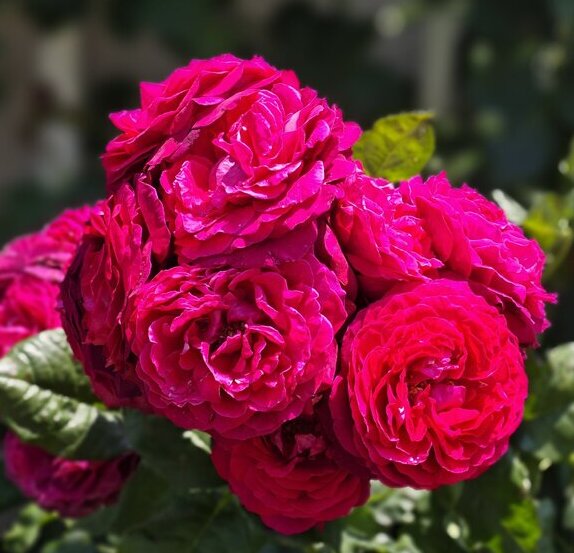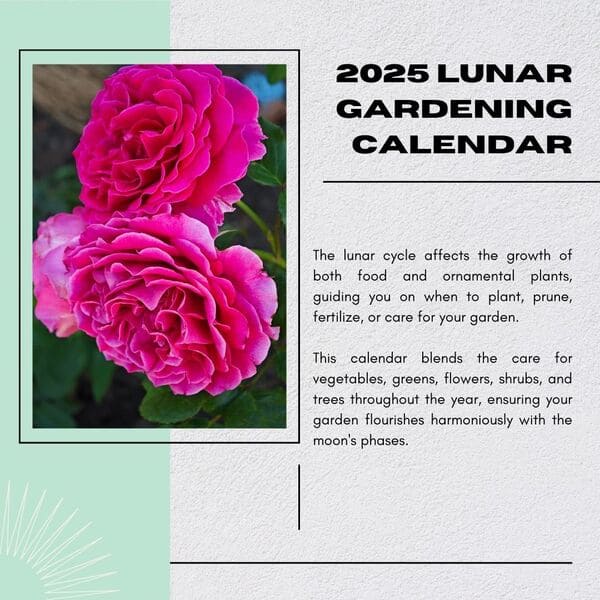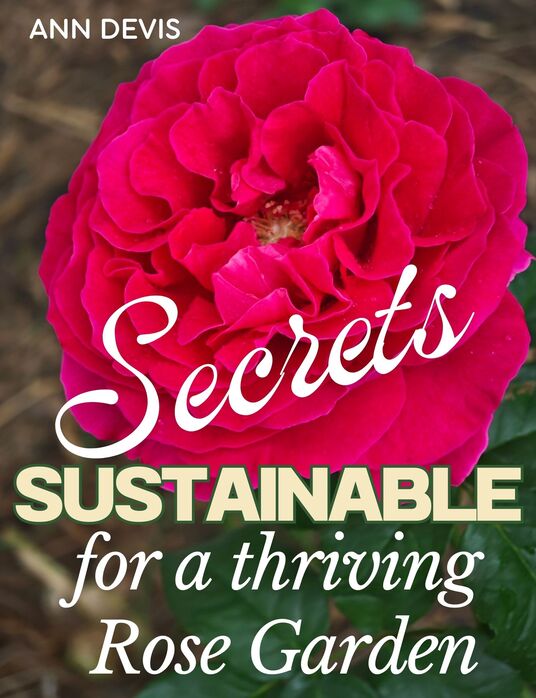Roses have always held a special place in my heart. Their elegance and timeless beauty transform any garden into a piece of paradise. As an avid gardener, I’ve learned that pruning roses after their first bloom is essential for encouraging new growth and ensuring a season filled with vibrant flowers. Join me as I share my journey and tips on pruning roses to maintain their health and splendor.
Why pruning roses is importance
Pruning roses after their first bloom is crucial for several reasons. It encourages the plant to produce more flowers and maintains its shape and health. I remember the first time I pruned my roses. I was nervous, but the results were stunning. The roses looked healthier and rewarded me with an abundance of flowers.

The Basic Rule: Cutting Back to the First Leaf
The general advice you’ll find online is to cut the spent buds back to the first set of five leaves. While this works for many roses, it’s not a one-size-fits-all solution. I discovered this the hard way with my towering hybrid tea roses. Following this rule made them grow awkwardly tall, with flowers perched high above the rest of the bush, making the plant look unbalanced.
Pruning Hybrid Tea Roses
For hybrid tea roses, I recommend a different approach. After the first bloom, cut the flowering branch back by one-third. Make sure to cut at a 45-degree angle, about a quarter-inch above an outward-facing bud. This technique prevents water from stagnating on the cut and directs new growth outward, creating a more appealing shape and preventing the bush’s center from becoming too crowded.

The Story of My Climbing Roses
Climbing roses add a dramatic flair to any garden but require special care after the first bloom. I remember when I first planted my climbing roses. They were small and unassuming, but with the proper pruning, they’ve become the stars of my garden.
Deadheading and Thinning Lateral Shoots
For climbing roses, remove spent flowers by cutting the stem back to a healthy outward-facing bud. This encourages the plant to produce new growth and potentially more flowers. Additionally, lateral shoots (side stems) are shortened by about two-thirds of their length. This promotes bushier growth and improves air circulation, reducing disease risk.


Maintaining Form and Health
Pruning is not just about aesthetics; it’s also about the health of your roses. An open structure allows better air circulation and sunlight penetration, both crucial for preventing disease.
Shaping Your Roses
Lightly prune your roses to maintain an open structure. This improves their appearance and ensures that all parts of the plant receive adequate sunlight and air. I’ve found that this practice keeps my roses looking their best and healthiest throughout the season.

Removing Dead, Damaged, and Diseased Wood
Inspect your roses regularly and remove any dead, damaged, or diseased wood. This practice is vital for the overall health of the plant. When I started paying close attention to this detail, I noticed a significant improvement in my roses’ vigor and bloom production.
Crossing and Weak Growth
Proper branch management is essential to prevent overcrowding and ensure the most vital branches flourish.
Remove any branches that cross or grow inward. These branches can cause friction, leading to damage and disease.
Prune away weak or bush thickening to direct the plant’s energy to more robust, productive stems. This practice results in healthier plants and more beautiful blooms.

Get Your Free Lunar Gardener's Calendar 2025!
Join the Lunar Gardening Revolution! Subscribe now to receive our exclusive Free Lunar Gardener’s Calendar for 2025. Harness the power of the moon to optimize your planting, nurturing, and harvesting.
Additional Tips for Success
Pruning roses is an art that requires a few extra steps to ensure success.
- Disinfecting Tools
Always disinfect your pruning tools between cuts to minimize the spread of disease. I keep a small bottle of rubbing alcohol in my garden kit for this purpose. It’s a quick and easy step that protects my roses from potential harm.
- Feeding and Mulching
After pruning, I apply a balanced fertilizer and mulch around the base of my roses. This supports new growth and helps retain soil moisture. It’s the finishing touch that keeps my roses thriving.
Pruning roses after the first bloom is a rewarding task that ensures continuous blooms and a healthy, vibrant garden. By tailoring your approach to the type of rose and following these steps, you’ll enjoy a season filled with stunning, fragrant flowers. Remember, each cut you make is a step towards creating a beautiful, flourishing garden. Happy gardening!







